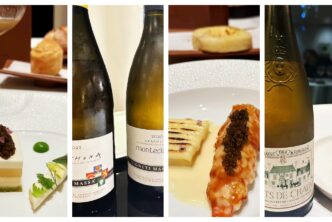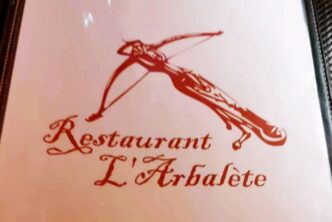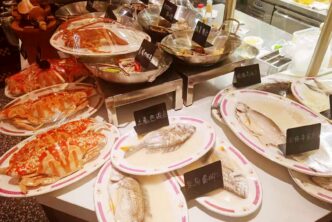Al Donizetti
Via Gombito 17a
24129 Bergamo
Italy
Tel. +39 035 242661
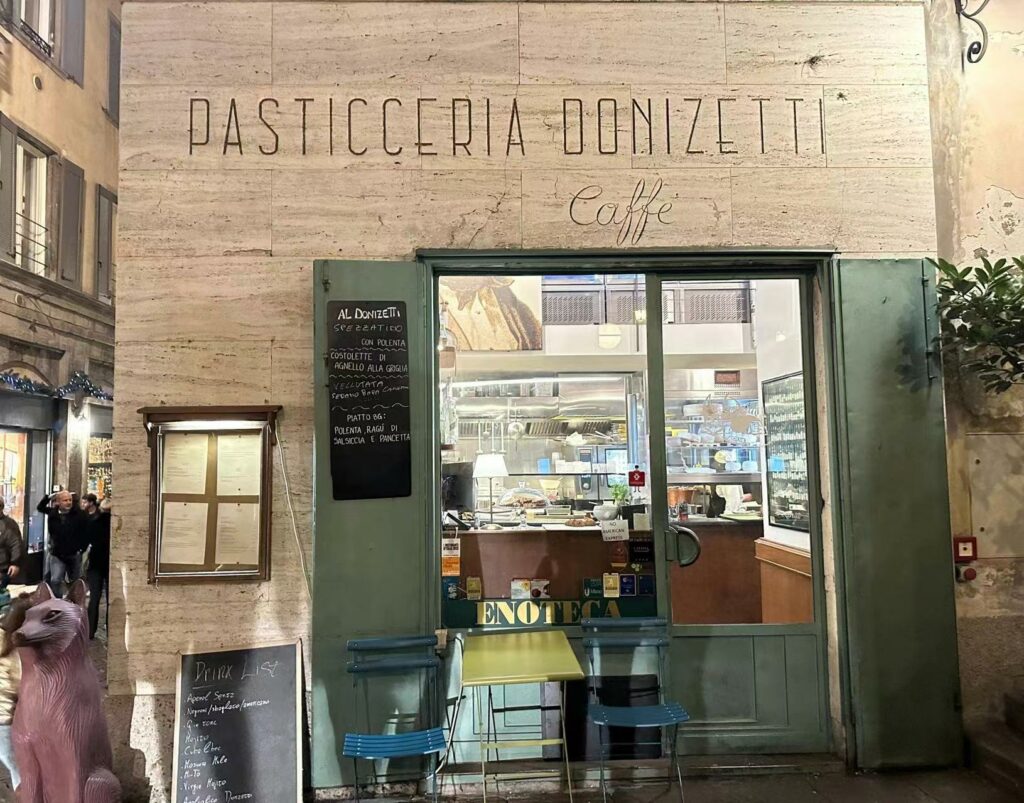
The dishes
Selezione di formaggi DOP locali
Blu di bufala
Selezione di salumi
Casoncelli al burro salvia e pancetta
Tartare
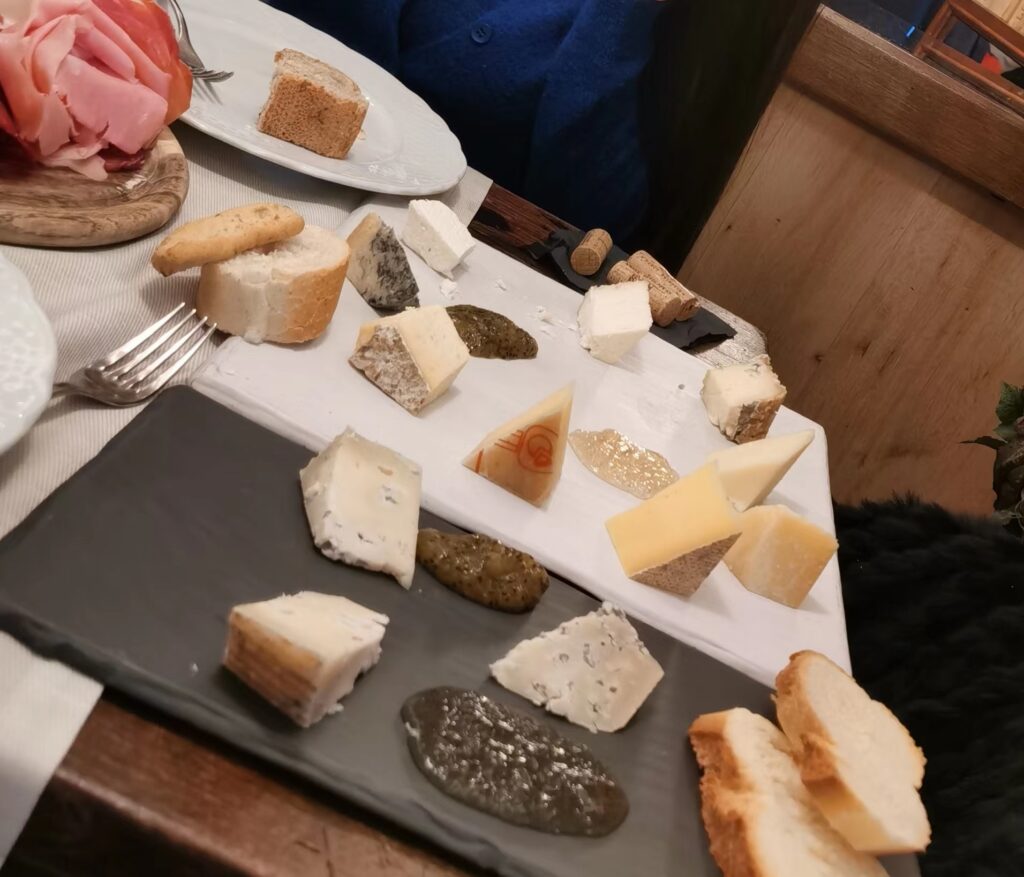
Just a few moments into your dining experience at Al Donizetti and you immediately realize why the place is considered to be one of Italy’s ten best wine bar-bistros or so. The atmosphere is warm and inviting, the wine list more than a little impressive with over 1500 labels staring at you from the electronic pages of the wine list (including a marvellous, rare-to-find selection of excellent wines by the half-bottle), the service outstanding, the food expertly cooked and the ingredients first rate. In other words, you quickly settle in for what will prove to be a memorable fun sybaritic experience. That’s “sybaritic” in the sense of pure goodness, not in fancy linen or expensive cutlery: Al Donizetti is somewhat spartan in its rustic mountain chalet interior charm, though in the spring and summer, there’s a marvellous dining area outside situated under a permanent canopied archway. And if wine is mainly your thing, then just reserve at Donizetti L’Altro, right across the street where you have the bottles at your fingertips and a bit more space around you. In fact, you might be excused for feeling a little confused when you get to Donizetti, for the main sign reads “pasticceria-caffè” leaving one to wonder where the restaurant is, but in fact it’s right there as a quick peek through the windows confirms.
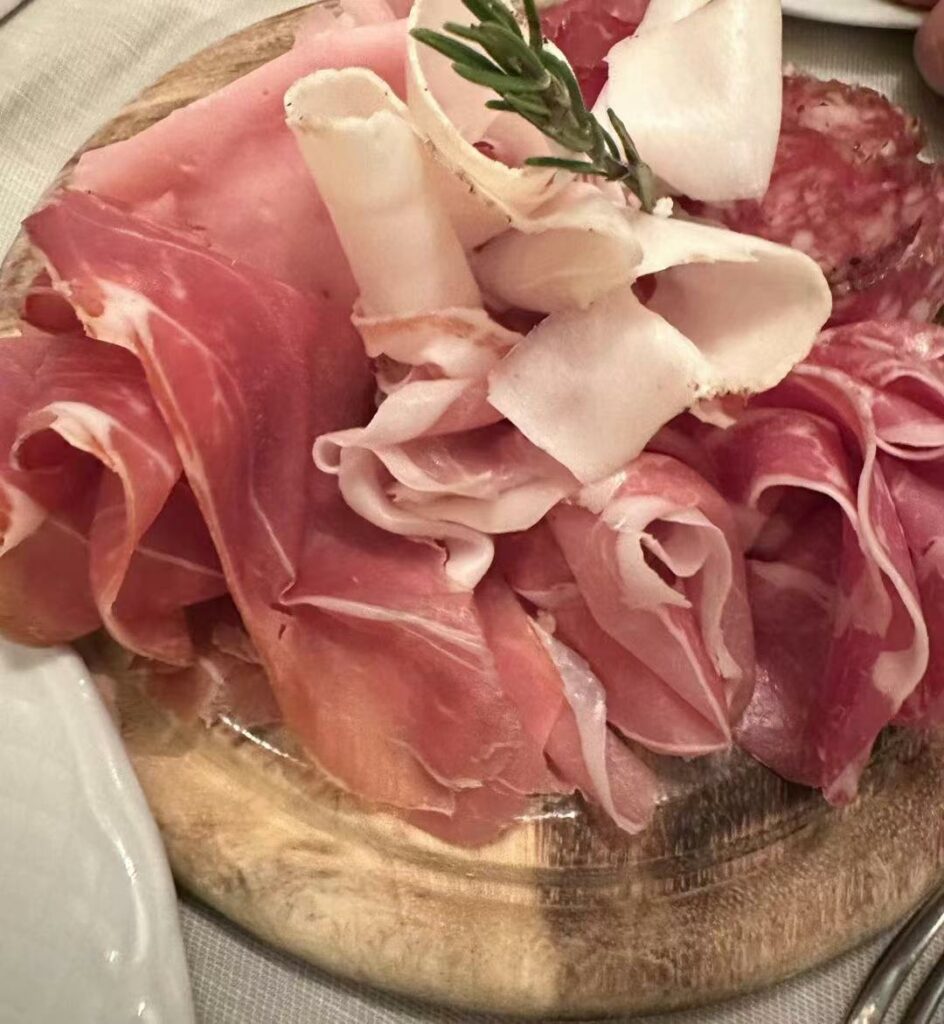
We often talk about outstanding service in restaurants and frankly, that can come in many forms. For sure, at Al Donizetti people care about what they do and how they do it, and that sort of dedication transpires from their every act. For example, when I inquired about the ultra-rare Blu di Bufala cheese in display in one of the restaurant windows (that’s right, a blue cheese made with buffalo milk) and wondered with the staff person if it could really be a local cheese (after all, buffaloes used to make mozzarella di bufala are common to Italy’s south-central reaches, and not so much in the country’s cold north), she stated that yes, it was in fact made on the outskirts of Bergamo. I was happy with the explanation, but, despite the place being packed with hungry diners, that same staff person was happy to quickly come back to the table holding the label of the wrapping in which the blu di bufala cheese is packed, showing me that yes, in fact, the cheese is made in Cologno al Serio, not far from Bergamo (see photo). What can I say, you learn something every day, I had no idea any one was making buffalo milk cheese around Bergamo and a blue cheese at that! After that, I couldn’t wait to sink my teeth into that specific cheese (which I ordered a part the restaurant’s Selezione di formaggi as the Blu di Bufala is not part of the eight selected).
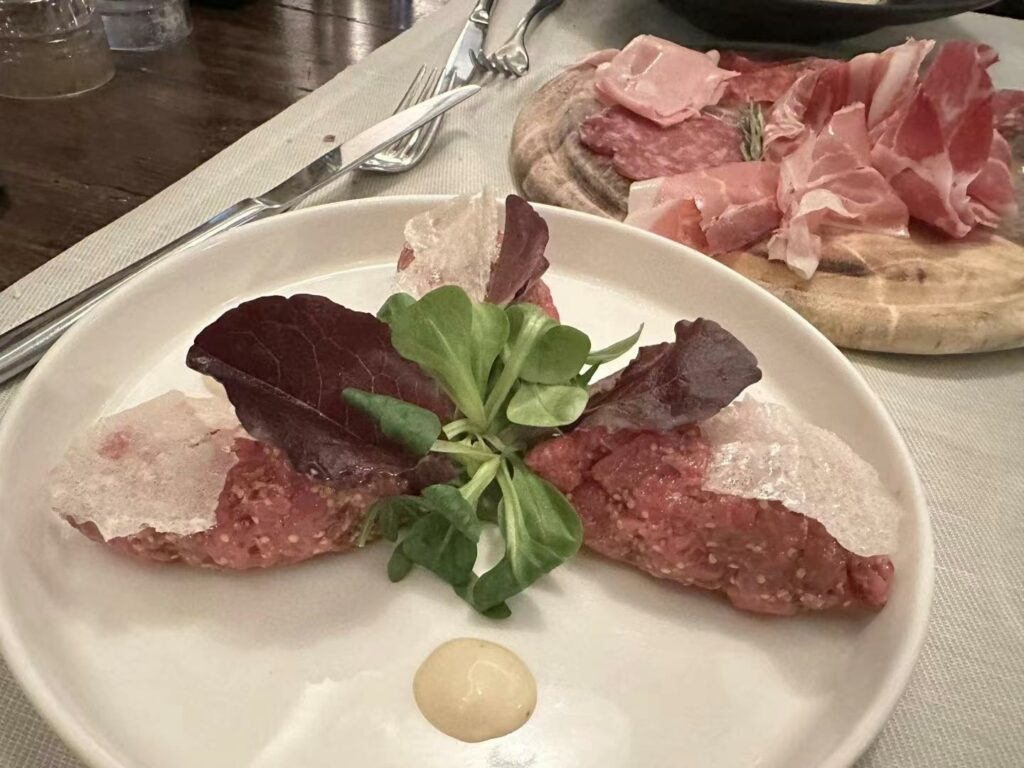
The meal was just delicious. The aforementioned Selezione di formaggi features eight different local DOP cheeses, with a Taleggio and a goat’s milk blue cheese stealing the show, but all eight were spectacular in their own way. The salumi platter was just as high in quality, if a little less in thrill level, with an excellent bresaola and especially coppa (which this good is truly hard to find). The beef tartare was expertly rendered and just what you’d expect from this well-known dish found in many international eateries too, while the casoncelli were just sheer perfection. The casoncelli (or casonsèi in local dialect) is a pasta dish typical of Lombrady of which there exist versions harkening back to Bergamo or its main city rival, Brescia. A very ancient pasta dish documented already back in the fifteenth century, in general all casoncelli are somewhat ravioli-like structures that are shaped like half moons and bent over so they look like little candies. The main differences between those of Bergamo and Brescia are two: the first is the thickness of the pasta (thicker in the Bergamo version , thinner in the Brescia version such that the filling sticks out more) and the filling, which is much richer, complex and varied in the Bergamo version than that of Brescia (in the latter case it’s essentially only composed of dry bread, butter and Grana Padano cheese). By contrast, in the most classic, historic Bergamo version, the casoncelli are stuffed with a mix of beef, raisins, parsley, amarettos, cheese and lemon peel, though far less complicated renditions exist. The accompanying sauce is almost always a blend of butter, sage and pancetta (not bacon), though in Brescia the pancetta is often omitted; then again, less is not always more for some people out there and I’ve seen iconoclasts and creative types match casoncelli to ragù and even tomato and basil sauce. You know, it’s truly amazing to see what turns some people on.
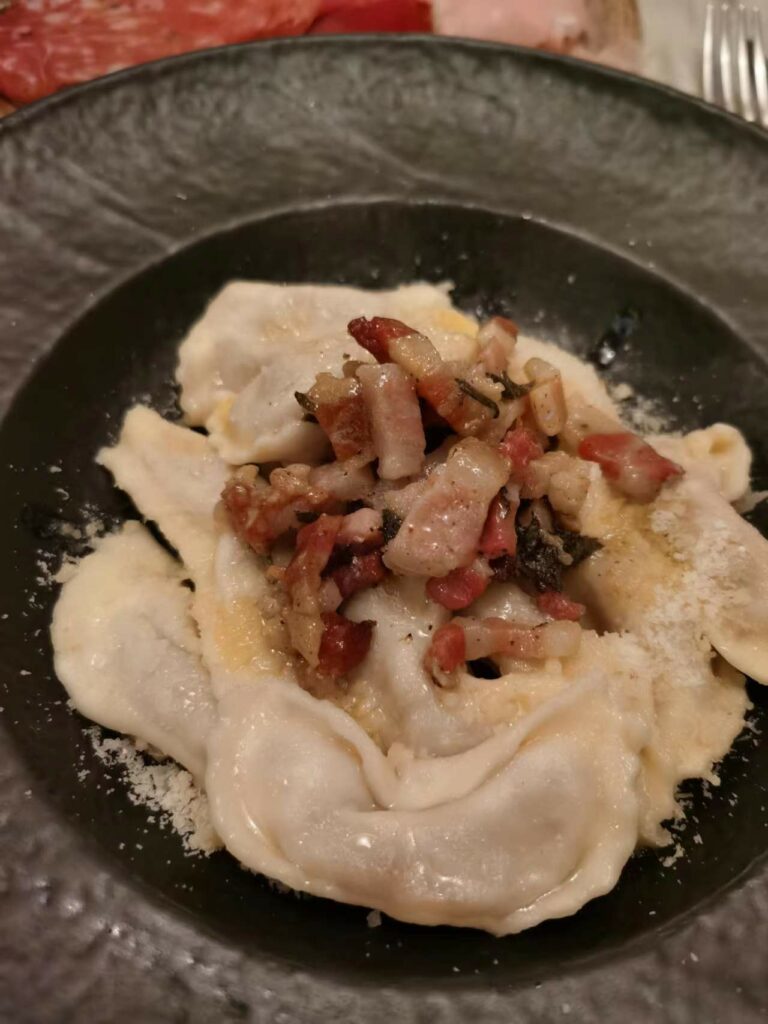
The wines
San Michele Appiano 2021 Pinot Bianco Schulthauser Alto Adige 91
San Michele Appiano 2019 Sauvignon Sanct Valentin Alto Adige 93
Mamete Prevostini 2016 Sforzato di Valtellina Albareda 93
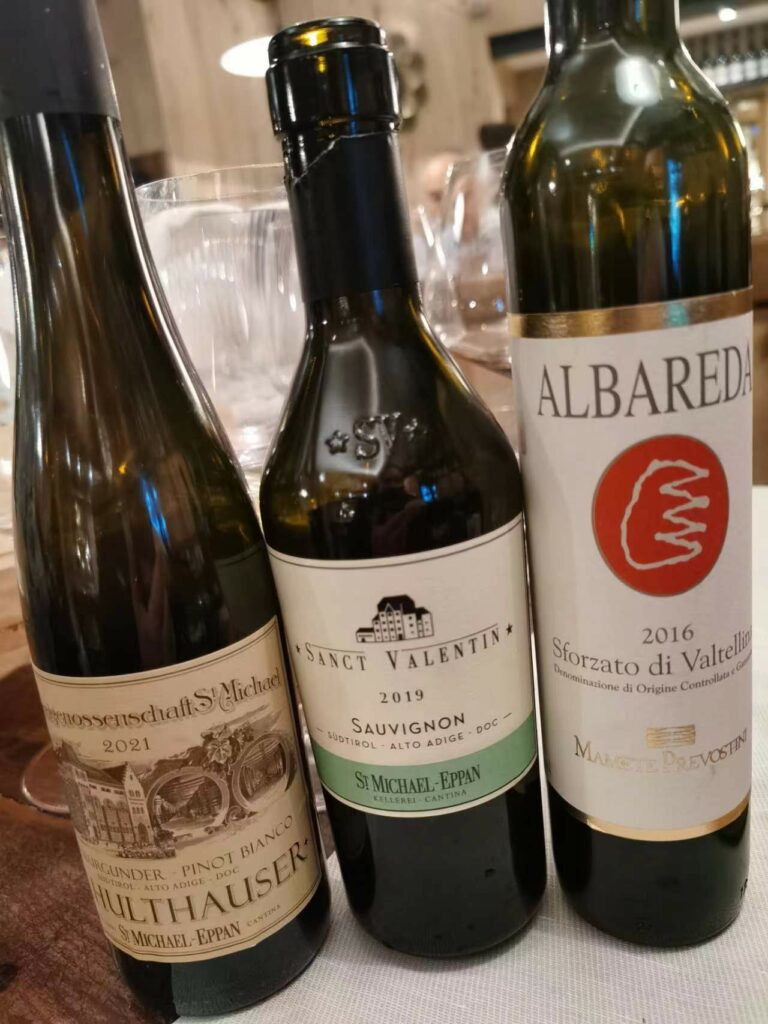
On this night, we drank splendidly. The half bottles option was much appreciated, given along day of tasting beforehand. The San Michele Appiano 2021 Pinot Bianco Schulthauser Alto Adige is one of Italy’s four or five best Pinot Bianco wines, though in the 2021 vintage it seems a tad more high in alcohol than usual to me; or at least, that the alcohol-derived heat is more apparent on the finish. Otherwise this pretty wine offers it’s usual panoply of orchard and pit fruit, delicate herbs and a glyceral-like mouthfeel that is not unlike that of a good Semillon. One of Italy’s most famous white wines and for the longest time the country’s best Sauvignon Blanc wine (by a country mile), the San Michele Appiano 2019 Sauvignon Sanct Valentin Alto Adige is another winner: rich, deep, complex, and with an oily but textured and fresh mouthfeel that keeps inviting you back to your glass for yet another sip. This is not your usual green, thin, very average Sauvignon Blanc that on freshness (and little else) to be palatable (wines that have more in common with a vegetable patch than they do with great examples of Sauvignon Blanc potables: think Miani, think Didier Dagueneau) but rather a concentrated, elegant, deep Sauvignon Blanc that will make you immediately realize just how much more interesting this variety’s wines can be than some bell pepper, lemon and kiwi juices being sold all over the world. Mamete Prevostini is a high-quality Lombardy coop that makes many fine Valtellina and Sforzato wines (Sforzato is a Nebbiolo wine typical of the Valtellina area of Lombardy that is made with air-dried Nebbiolo grapes much in the same way as is Amarone in Veneto). The Mamete Prevostini 2016 Sforzato di Valtellina Albareda is a very good example of what a good Sforzato (or Sfursat) is all about, though this 2016 strikes me as being a little more raisined and air-dried in its organoleptic profile than usual. Clearly, it is a very suave, luscious red wine in which the Nebbiolo variety’s innate elegance allows this big wine to boast quite the power (in alcohol octanes too) but at the same time a light on its feet quality that keeps it dancing on your taste buds instead of hammering them into submission as some wines made with air-dried grapes can do. A very pretty wine for such a big one, it offers notes of red cherry, plums macerated in grappa, chocolate, and mountain herbs will linger long in your glass and memory cells long after your last sip.
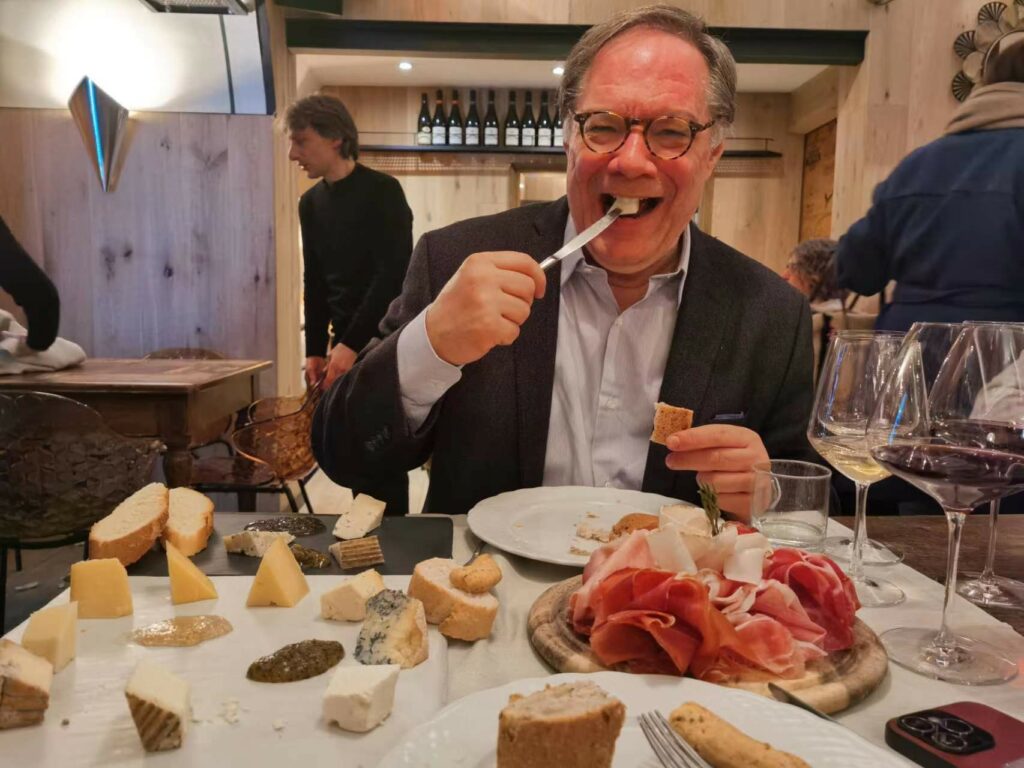
I have never come away from Al Donizetti less than happy and it was no different this time. Everything was as I hoped it would be. And by the way, yes, that blu di bufala really is a spectacular blue cheese.
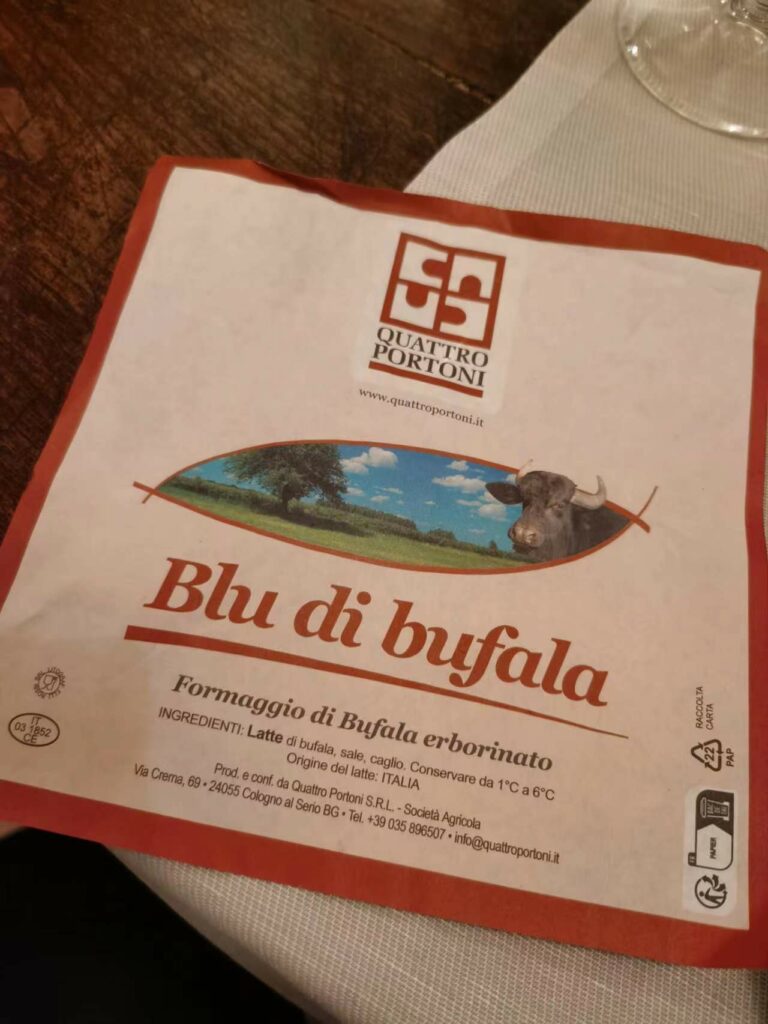

 中文
中文
